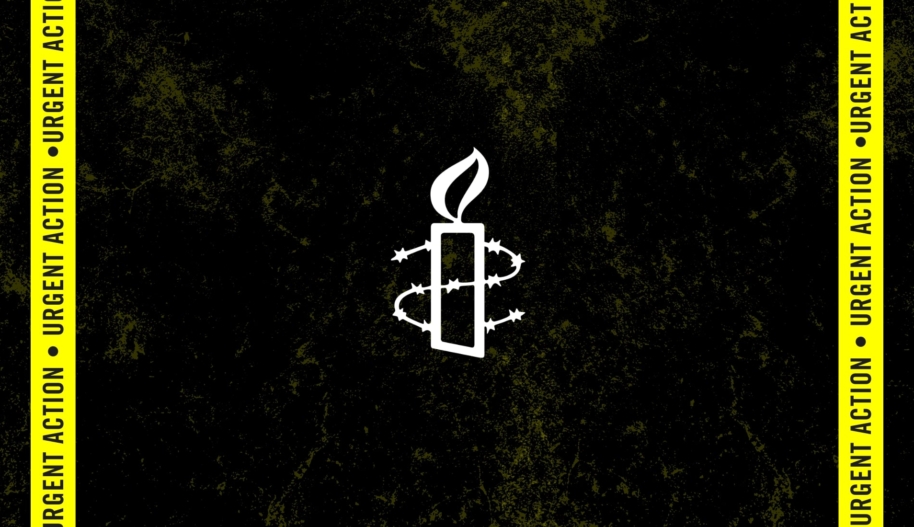The Mexican government’s strategy to address the disappearances crisis, launched in May 2023, remains largely unchanged. Currently, the National Register of Missing and Disappeared Persons lists 115,571 people as disappeared or missing. Authorities are still working on formalizing and updating these cases in the Register.
Collectives and organizations are demanding to be consulted in this process. We will continue to monitor the government’s progress and advocate for transparency. We call on the Mexican state to ensure that the relatives of the disappeared and missing people are actively involved in the process.
Disappeared persons search strategy update
On December 14, 2023, President Andrés Manuel López Obrador and the Ministry of the Interior shared the results of the Disappeared Persons Search Strategy. They updated the “census” that records the number of disappeared people nationwide, known as the National Register of Missing and Disappeared Persons (RNPDNO). The authorities reported a reduced number of disappeared and missing people, ambiguously categorizing 80,000 out of the over 110,000 recorded in the RNPDNO in August 2023.
Revised figures and merging efforts
On March 18, 2024, Minister of the Interior Luisa María Alcalde reported an increase of over 9,000 people in the RNPDNO records, with around 20,000 people allegedly found. Consequently, the Mexican government announced that nearly 100,000 people remain disappeared or missing in the country. Authorities are currently merging the “census” with the RNPDNO, which could impact the final official figures. As of now, the National Register of Missing and Disappeared Persons reports 115,571 people still missing.
Collaboration and calls for transparency
On June 18, the government announced a collaboration between the National Search Commission and the National Council for Humanities, Science, and Technologies (CONAHCYT) to improve the Registry and other mechanisms for accessing information for families and authorities. However, they did this without consulting the relatives of disappeared people or human rights organizations. A public campaign demanding transparency and participation of these relatives in the census preparation has led to increased public oversight and accountability. We will continue monitoring the progress of the government’s disappearances strategy.













